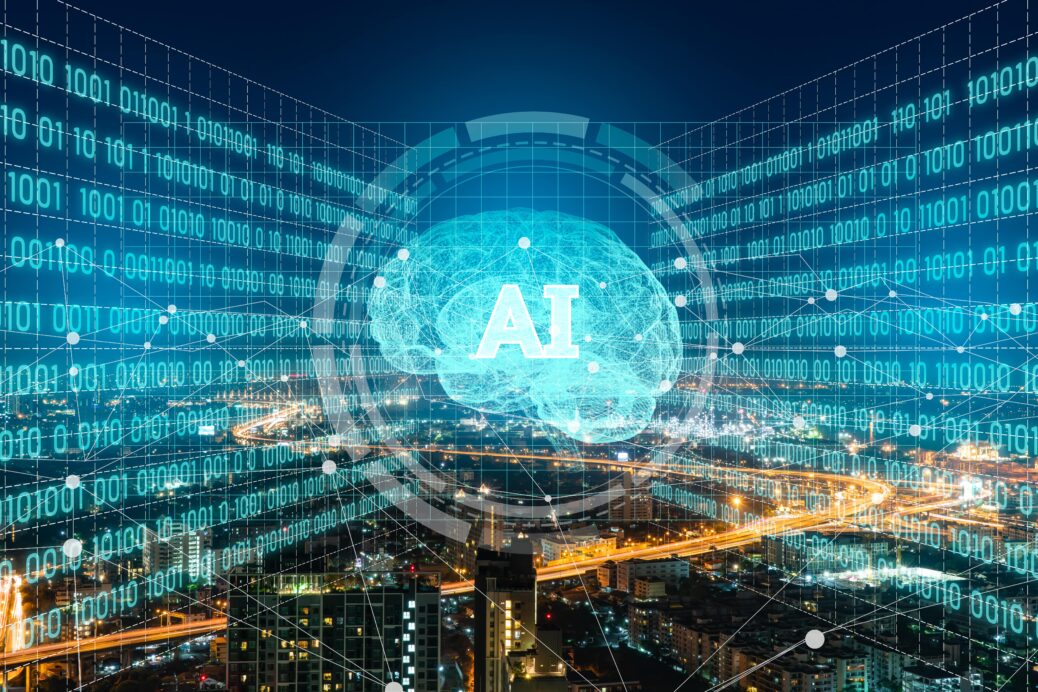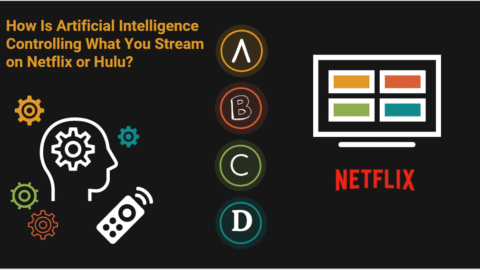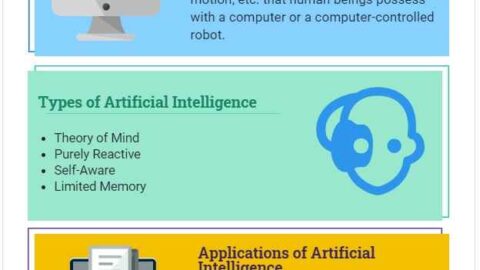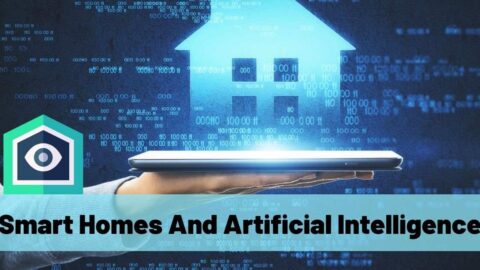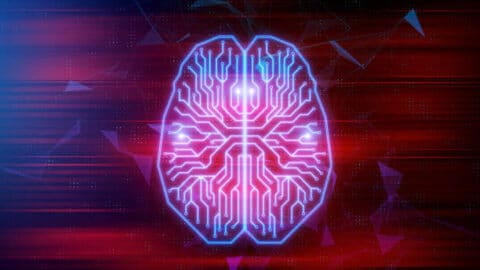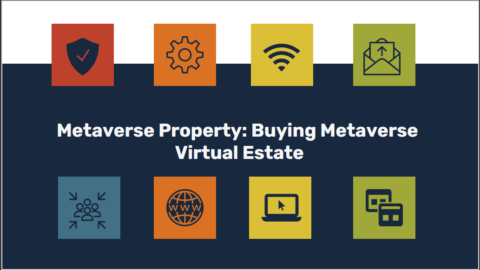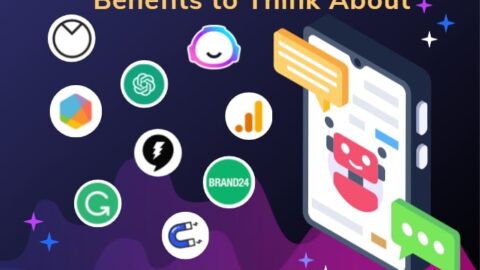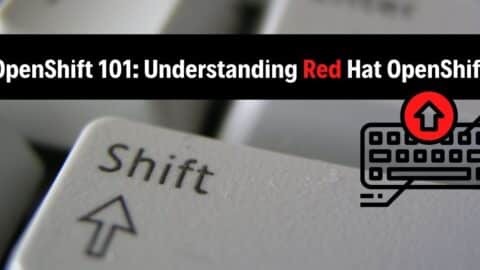What is AI bias, and how it occurs?
Artificial intelligence (AI) has become the talk of the town in the tech world and beyond in recent years, with the emergence of ChatGPT, an artificial intelligence chatbot developed by OpenAI and launched in November 2022, adding fuel to the fire. Most of the debate focus on general topics like AI’s huge potential and its undeniable benefits. But it might be best to take things one step at a time and focus on a more specific and pressing issue – AI bias and AI bias examples.
Table of Contents
For all the advantages AI brings, one can’t deny that the technology is still in its infancy. And therefore marred with numerous flaws and shortcomings. Besides its current limitations and high costs, bias is one of AI’s most significant deficiencies. That’s also why the White House Office of Science and Technology Policy recently released a blueprint for the AI Bill of Rights that aims to offer protection against the harm that can be caused by AI bias. This topic is more comprehensively covered in ExpressVPN’s blog piece.
You may think that AI is just a buzzword for now. And still worlds away from entering the mainstream. But the truth is that large-scale AI adoption is already well underway. Technology has penetrated nearly every industry and sector and continues to gain ground by the day. Recent studies show that experts believe AI and robotics will become an integral part of our lives by 2025, with increasing businesses resorting to AI-based solutions to run their operations. That is not a scenario for a sci-fi movie, but the reality we’re facing. And while it may be too early to make assumptions about a world dominated by AI, the time is right to address AI bias examples and its implications.
What is AI bias?
AI solutions are implemented not only to make our lives easier and more comfortable. They aim to streamline processes, reduce or eliminate errors, save time, and increase accuracy, efficiency, and performance. Therefore, this cutting-edge technology can bring a plethora of improvements in every field of activity. That’s how things would play out if AI systems were perfect. Unfortunately, these tools and machines are far from ideal.
So, what exactly is AI bias? Also known as machine learning bias or algorithm bias, the term describes a situation when instead of producing fair results, an algorithm delivers biased results due to prejudiced assumptions made in the machine learning process that has affected the algorithm’s development. An AI system is only as good as the data that is put into it. Any issue regarding the quality, size, and accuracy of the data used to develop and train the algorithm will be reflected in its outputs.
Therefore, AI bias can come in all forms, from reporting bias to selection or attribution bias and everything in between, potentially leading to unfair recruiting, gender prejudices, or racial discrimination. For example, an AI-based facial recognition system may have difficulty recognizing darker-skinned faces because the subjects used to develop the AI model were predominately light-skinned. That is just one instance of AI bias that shows how one minor detail or inaccuracy in the teaching phase can sway results in one direction.
How does AI bias happen?
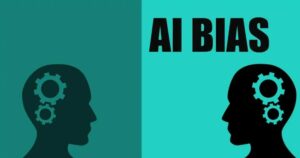
Given that AI systems have become ubiquitous in many sensitive areas, such as finance, justice, and healthcare, we need to ensure they produce results that don’t favor or disfavor anyone. So, while it’s important to bring awareness to AI limitations and discuss potentially biased results, it’s even more crucial to identify the sources of this bias so we can work toward eliminating them and leveling the playing field.
Usually, AI bias happens involuntarily, despite creators’ best efforts at building a completely fair system, and many variables can lead to less-than-perfect results. Nonetheless, experts have been able to identify and separate culprits into the following categories:
AI Bias Examples
Developer bias
Humans develop AI, so unsurprisingly, an AI system is subjected to the same biases and prejudices as its creators. While the idea behind AI is to develop systems that mimic the intelligence and capabilities of the human mind. We shouldn’t forget that people are inherently flawed. That’s how many AI tools end up emulating human intelligence and their prejudices and biases.
Data bias
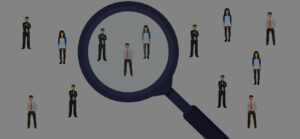
We tend to think of data as this infallible source of information. But data patterns can also be plagued by bias. If the data sets used to train an AI model are biased, the system will inevitably be biased in its analysis. That is why data quality needs to become a main point of concern for AI developers.
Interaction bias
Some AI systems can extract information from their environment and learn through user interactions, as humans usually do. That might sound like a great way to expand capabilities and ensure a human-like response. But it also means that the AI system borrows all the erroneous assumptions of the people using it.
Association bias
Algorithms can often associate different data sets, but that doesn’t mean these associations are always accurate or correct. Implicit association errors are also at the root of AI bias since these systems are not good enough to identify and correct these faults.
Range bias
When an AI tool is analyzing data from a very specific group of subjects, the system will likely perform more efficiently on that specific group. Bias results may arise if the AI works in a different context.
There’s no denying that artificial intelligence still has a long way to go before it can compete with human intelligence. So, while developers are still working on addressing the gaps, we should all keep an eye out for biases.

11+ years strategic communications, marketing, and project management experience. I am a trainer at StarWood Training Institute, focusing on online courses for project management professionals.

